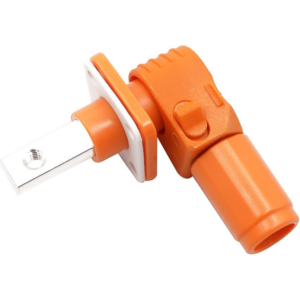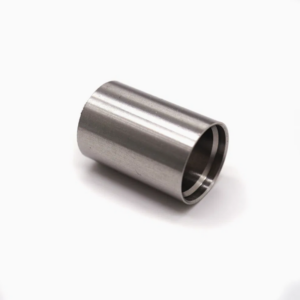Metal stamping is an integral manufacturing technique that has transformed numerous industries through its cost-effectiveness, precision, and scalability. Serving as a fundamental process in sectors ranging from automotive and aerospace to electronics and consumer goods, custom metal stamping has established itself as a reliable solution for high-volume production. This blog delves into the intricacies of the metal stamping process and its diverse applications across various industries.
Understanding the Custom Metal Stamping Process
Custom metal stamping is designed to produce metal components tailored to the unique specifications of each customer. The process begins with a detailed discussion between the manufacturer and the client to gather essential information, including design dimensions, materials, and any specialized features that the final product must include.
Once the requirements are clearly defined, the appropriate metal material—be it steel, aluminum, or copper—is selected based on the intended application. The next step involves translating these specifications into a custom die, which serves as the primary tool for shaping the metal. This die is engineered to create precise forms that match the customer’s needs.
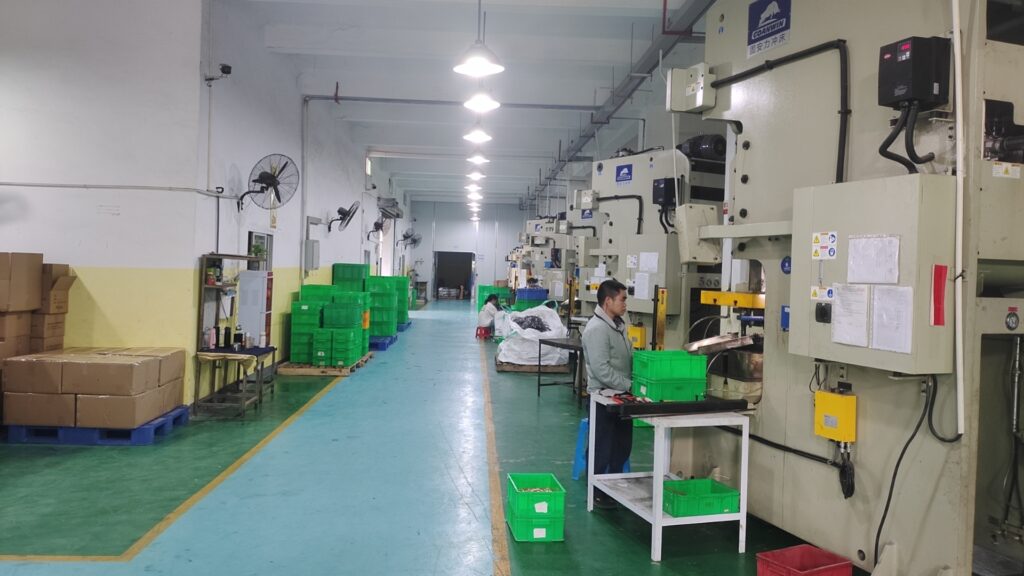
The stamping process itself entails feeding the selected metal material into a stamping press, where a die applies substantial pressure to cut, bend, or shape the metal into the desired configuration. Various operations may be employed during this process, including blanking, piercing, drawing, and bending, depending on the complexity of the part being produced. Following the primary stamping operations, secondary processes such as trimming, deburring, and surface finishing ensure that the components meet high-quality standards and function as intended.
Quality control is a critical aspect of custom metal stamping. Manufacturers employ rigorous inspection and testing methods to confirm that each part adheres to the required specifications and tolerances. This focus on quality is particularly vital in industries like automotive, electronics, aerospace, and medical, where precision is paramount for successful product development.
The efficiency of custom metal stamping allows for the production of large quantities of parts with consistent quality, making it a preferred choice for a wide range of industrial applications.
Metal Stamping Applications Across Diverse Sectors
Metal stamping’s versatility and cost-effectiveness make it suitable for various industries. Here are some key sectors where metal stamping plays a crucial role:
Electronics and Electrical Industry
In the electronics sector, metal stamping is vital for manufacturing components used in electronic devices and electrical equipment. Typical products include connectors, terminals, contact springs, heat sinks, and various housing parts. The precision achieved through metal stamping ensures that these components meet stringent performance standards, which are essential for reliable electronic functionality.
Power Generation
Metal stamping is extensively utilized in the power generation industry for fabricating components such as electrical contacts, transformer parts, and generator components. The ability to produce robust, precise parts is critical in ensuring the efficient operation of power generation systems.
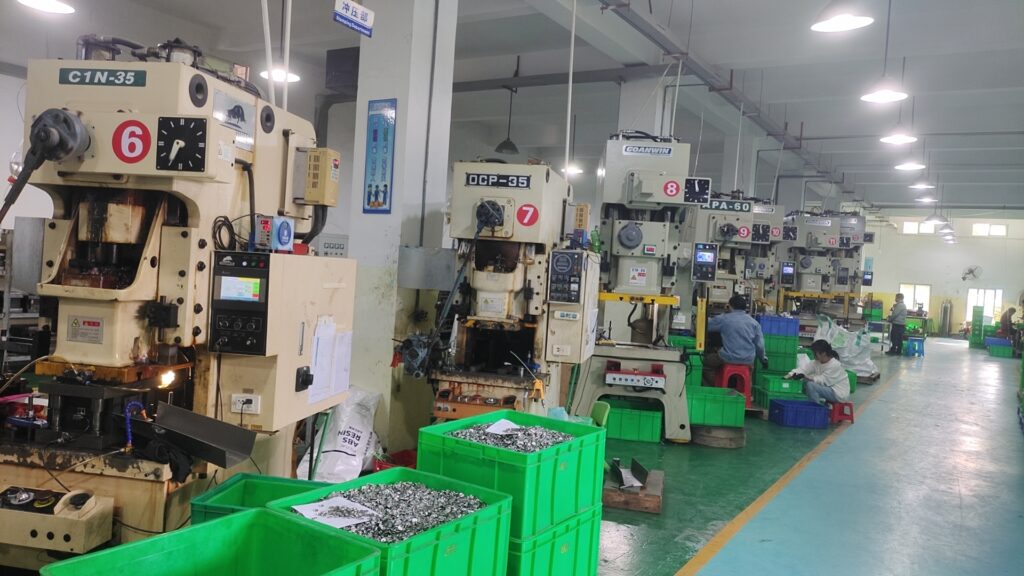
Construction Industry
The construction sector benefits from metal stamping through the production of essential components like brackets, fasteners, hinges, and structural supports. These components must endure rigorous conditions, making the durability afforded by metal stamping particularly valuable.
Telecommunications
Telecommunications relies on metal stamping to produce critical components in communication equipment, including connectors and antenna brackets. The ability to produce lightweight yet strong parts contributes to the overall performance and reliability of telecom devices.
Consumer Goods
In the realm of consumer products, metal stamping is widely used for creating items such as toys, kitchenware, and decorative components. The versatility of metal stamping allows for the mass production of various shapes and designs, catering to diverse consumer preferences.
Automotive Industry
The automotive sector heavily employs metal stamping for manufacturing essential components like body panels, chassis parts, brackets, and engine components. With its capability for high production rates, metal stamping offers automotive manufacturers a cost-effective way to meet large-scale production demands.
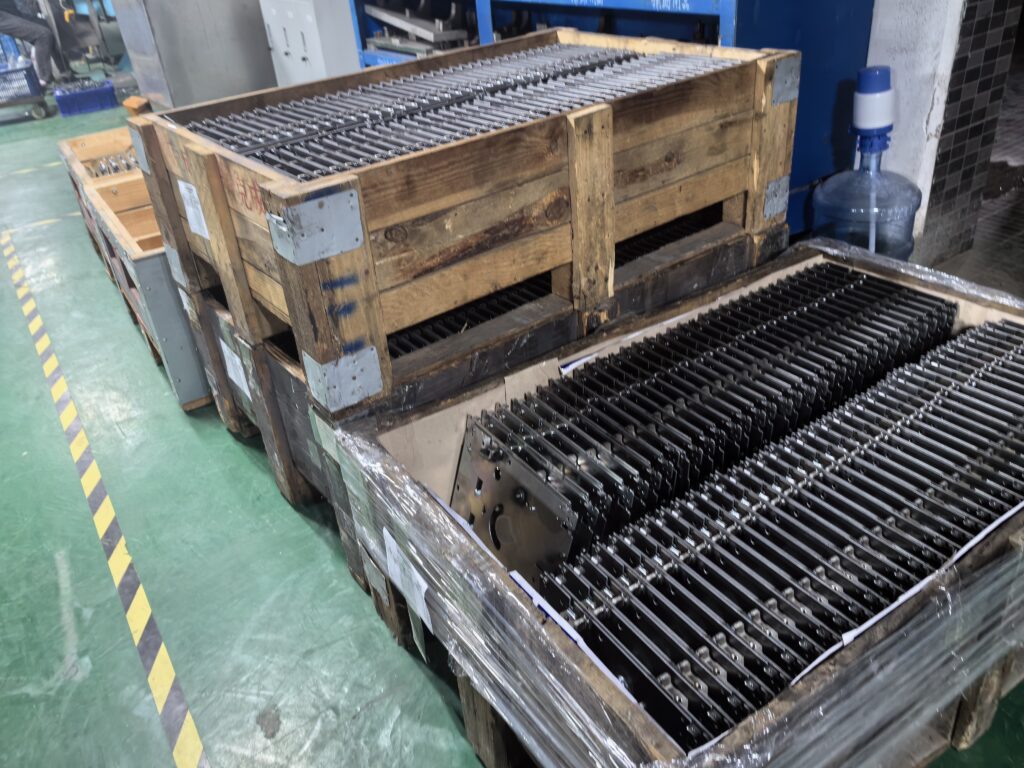
Appliance Manufacturing
Household appliances such as washing machines, refrigerators, and ovens often feature metal-stamped parts like panels, frames, and internal structural components. The consistency and reliability of metal stamping ensure that these appliances function efficiently and safely.
Medical and Healthcare
The medical industry relies on metal stamping for the production of surgical instruments, medical devices, and implantable components. The precision and sterility achieved through this process are crucial for maintaining the highest standards of quality in medical manufacturing.
Military and Defense
In the military and defense sectors, metal stamping is used to fabricate components for vehicles, weapon systems, and other critical defense equipment. The reliability and performance of these components are vital for national security applications.
Energy and Renewable Energy
Metal stamping techniques are increasingly employed in renewable energy systems, including solar panels and wind turbines. The need for durable, efficient components in these applications underscores the importance of metal stamping in supporting sustainable energy solutions.
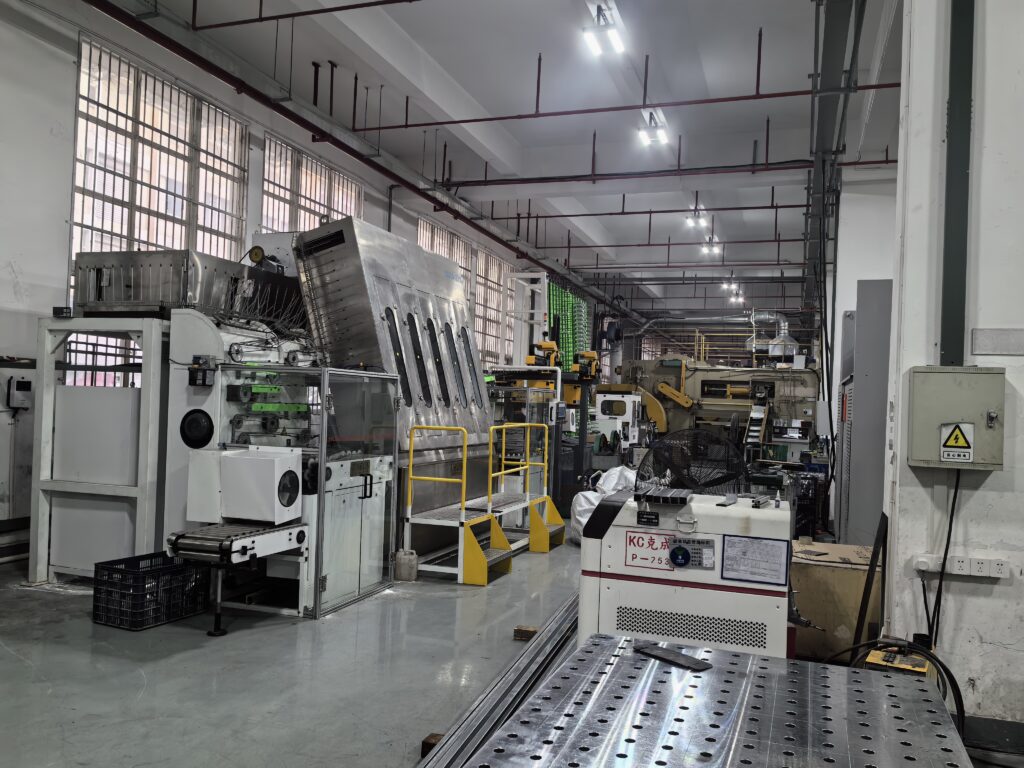
Furniture Manufacturing
The furniture industry utilizes metal stamping to create hardware components such as brackets, hinges, and fittings. The ability to produce custom designs in large volumes helps manufacturers meet consumer demands for quality and innovation.
Aerospace Industry
In aerospace manufacturing, precision is non-negotiable. Metal stamping is utilized to produce critical components like aircraft structural parts, brackets, and fittings. The rigorous quality standards associated with aerospace applications ensure that safety and reliability are maintained.
Conclusion
Custom metal stamping stands at the forefront of modern manufacturing, adapting to the evolving needs of various industries while maintaining high standards of precision and quality. The wide range of applications discussed highlights the significant impact of metal stamping on contemporary infrastructure and technology.
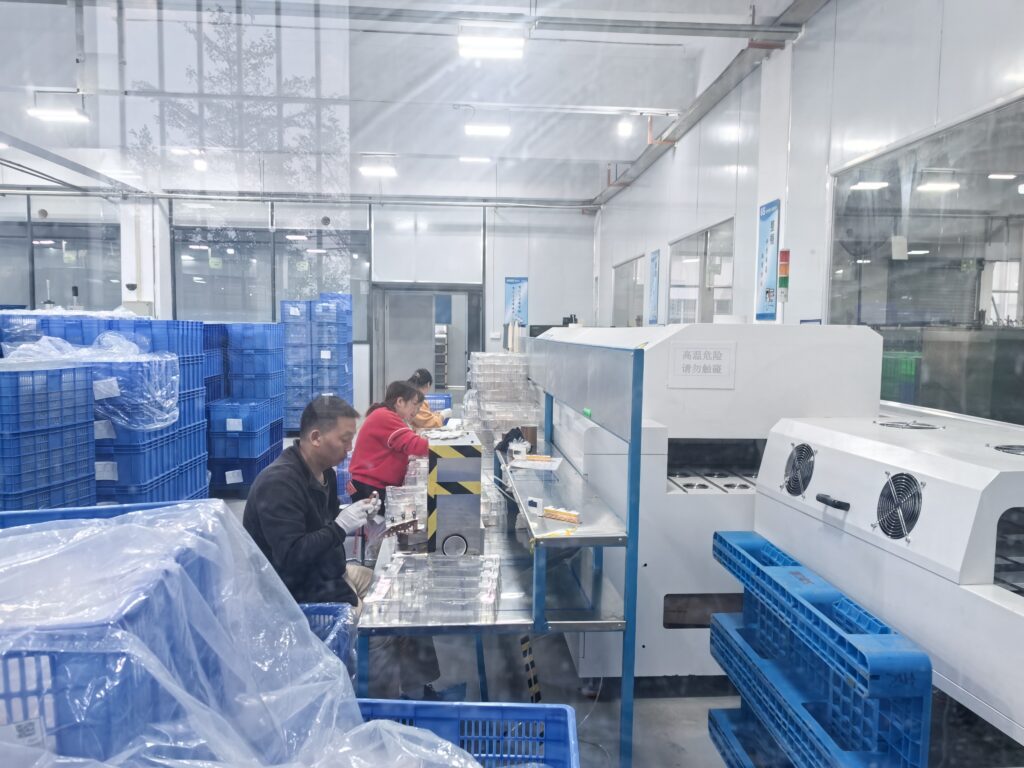
With extensive expertise in manufacturing and a robust network of trusted suppliers, Topmetalstamping is a reliable partner for industries seeking high-quality metal stamping components. Their commitment to innovation, advanced manufacturing techniques, and custom solutions makes them a preferred choice for businesses across multiple sectors. As technology progresses and engineering standards evolve, companies like Topmetalstamping are pivotal in ensuring that metal stamping remains integral to driving manufacturing innovation and excellence. Contact us today to learn more about how we can assist you with your metal stamping needs.

